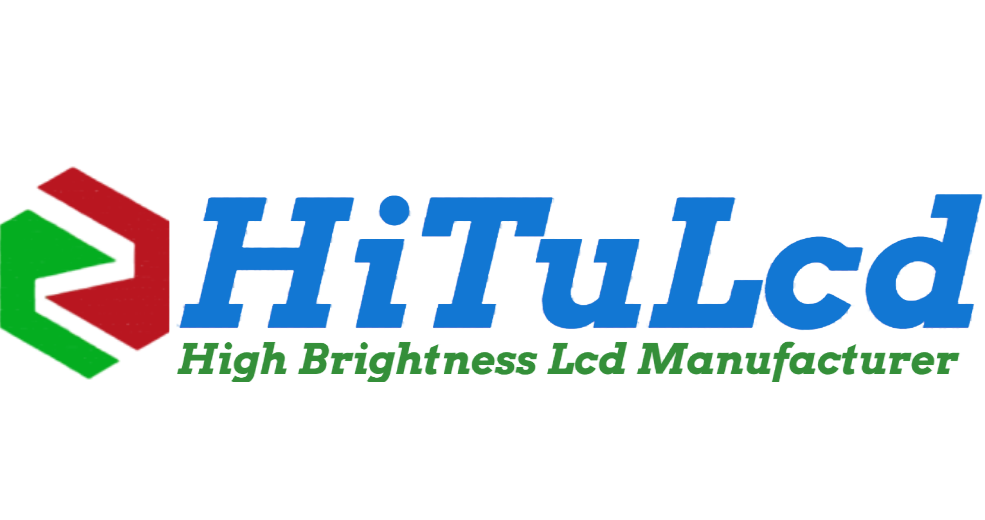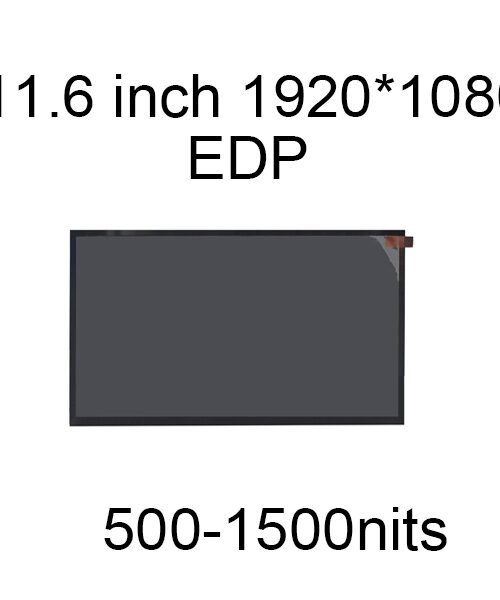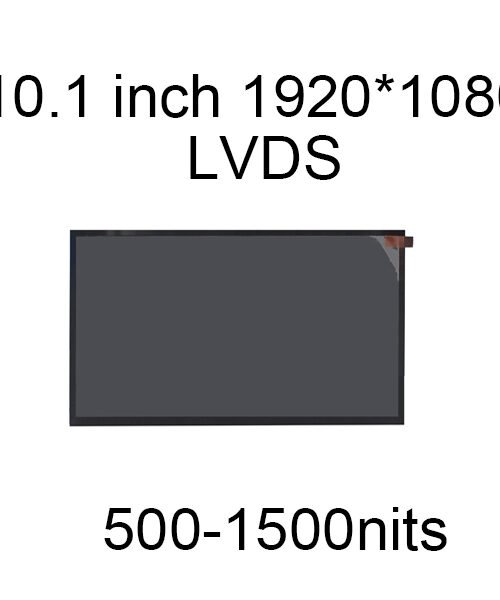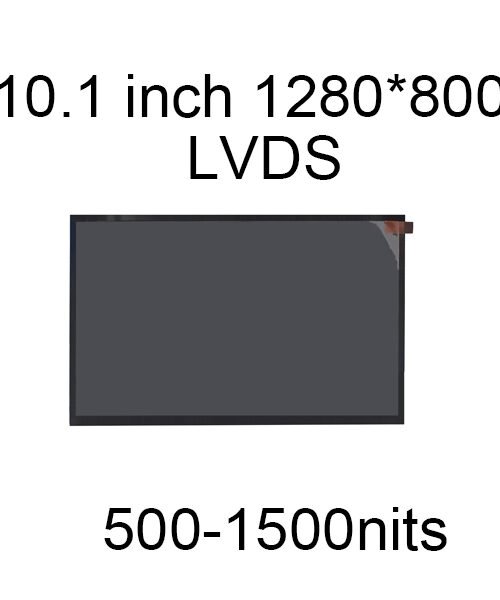The comparison between LCD (Liquid Crystal Display), LED (Light Emitting Diode), and OLED (Organic Light Emitting Diode) displays is multifaceted and depends on various factors, including your specific needs, preferences, and budget. Each of these technologies has its strengths and weaknesses, and what is “better” can vary depending on the application. In this detailed comparison, we will explore the characteristics and differences between LCD LED and OLED displays to help you make an informed decision.
LCD (Liquid Crystal Display):
How it Works: LCDs use liquid crystals sandwiched between two layers of glass or plastic. The crystals can be manipulated to control the passage of light through them, creating images.
Backlighting: Traditional LCDs use various backlighting technologies, with LED backlighting being the most common in modern LCD displays.
Brightness: LED-backlit LCDs can achieve high brightness levels, making them suitable for well-lit environments and outdoor use.
Energy Efficiency: LED backlighting is more energy-efficient compared to older CCFL (Cold Cathode Fluorescent Lamp) backlighting used in some LCDs.
Color Accuracy: LCDs can offer good color accuracy, but the quality can vary depending on the specific panel and technology used.
Black Levels: Traditional LCDs have difficulty achieving true black levels due to light leakage from the backlight, which can impact contrast.
Viewing Angles: LCDs, especially older models, may have limited viewing angles where the image quality degrades when viewed from the sides.
Motion Handling: Many LCDs struggle with motion handling, particularly in fast-paced scenes, which can lead to motion blur or ghosting.
LED (Light Emitting Diode) Display (often used as a synonym for LED backlighting in LCDs):
How it Works: LED displays, which are also known as LED screens, refer to displays that use LEDs as individual pixels to emit light directly. These are common in large outdoor displays and some indoor signs.
Brightness: LED displays can achieve extremely high brightness levels and are suitable for outdoor and large-scale applications.
Energy Efficiency: Individual LEDs are energy-efficient, and LED displays can be power-efficient, particularly in large installations.
Color Accuracy: The color accuracy of LED displays can be excellent, and they are often used in professional applications where color precision is essential.
Viewing Angles: LED displays can offer wide viewing angles with good image quality, making them suitable for public displays.
Durability: LEDs are long-lasting and durable, which is crucial for outdoor and commercial applications.
OLED (Organic Light Emitting Diode):
How it Works: OLED displays use organic compounds that emit light when an electric current is applied. Each pixel in an OLED display is an individual light source.
Self-Emitting: OLEDs are self-emissive, meaning each pixel emits its light. When a pixel is off, it produces true black, resulting in exceptional contrast.
Black Levels: OLEDs offer perfect black levels and infinite contrast ratios, making them ideal for home theater and high-quality image display.
Brightness: OLEDs can achieve high brightness levels, but not as high as LED displays used in outdoor signage. However, they are suitable for most indoor applications.
Color Accuracy: OLEDs typically offer outstanding color accuracy and wide color gamuts. They are often used in high-end TVs and professional monitors.
Energy Efficiency: OLEDs are energy-efficient because they only emit light where needed, and black pixels consume no power.
Viewing Angles: OLEDs have wide viewing angles with consistent image quality, making them suitable for various viewing environments.
Motion Handling: OLEDs generally excel in motion handling, with fast response times and minimal motion blur.
Which is Better – LCD, LED, or OLED?
The question of which is better among LCD, LED, and OLED depends on your specific needs and the application. Here are some factors to consider:
Budget: LED-backlit LCDs are often more budget-friendly than OLED displays. If cost is a significant factor, LED-backlit LCDs might be the best choice.
Environmental Conditions: For outdoor or well-lit environments, LED displays with high brightness are the best choice. For most indoor environments, OLEDs and LED-backlit LCDs can work well.
Home Theater: If you’re looking for a display for a home theater or a high-quality viewing experience, OLED is often the best choice due to its perfect black levels and exceptional contrast.
Professional Use: In professional settings where color accuracy and precision are crucial, both OLED and high-end LED-backlit LCDs are excellent choices. OLEDs are often favored for their true black levels.
Gaming and Fast Motion: If you’re a gamer or have a use case that involves fast-paced motion, modern OLED and LED-backlit LCDs are both excellent choices. They typically offer low input lag and fast response times.
Viewing Angles: If your display will be viewed from various angles, OLEDs and LED-backlit LCDs typically provide wide viewing angles with consistent image quality.
Energy Efficiency: OLEDs are more energy-efficient due to their self-emissive nature, but modern LED-backlit LCDs are also energy-efficient compared to older CCFL-backlit LCDs.
Durability: For outdoor or commercial signage applications, LED displays are more durable and have a longer lifespan.
In summary, the choice between LCD, LED, and OLED displays depends on your specific requirements and the application. OLEDs offer unparalleled black levels and contrast ratios, making them ideal for home theaters and professional applications where color accuracy is crucial. LED-backlit LCDs, on the other hand, are cost-effective and suitable for various indoor settings. LED displays are the go-to choice for outdoor signage and large displays where high brightness is necessary. It’s essential to evaluate your specific needs, compare models, and consider factors like budget, viewing environment, and intended use to determine which technology is the best fit for your situation.







